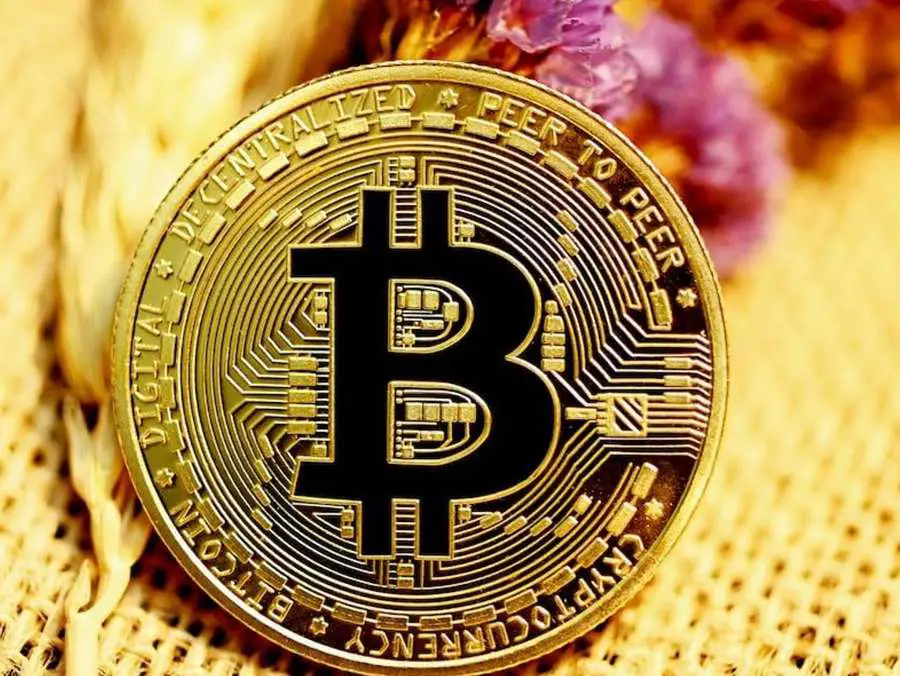Bitcoin, the first and most well-known cryptocurrency, has taken the world by storm since its mysterious debut in 2009. But what exactly is it, and how does it work?
At its core, Bitcoin is a decentralized digital currency. Unlike traditional currencies controlled by governments and central banks, Bitcoin operates independent of any authority. This is made possible by blockchain technology, a revolutionary system that acts as a distributed public ledger. Imagine a giant, shared spreadsheet recording every Bitcoin transaction across a vast network of computers. This transparency and security ensure the validity of each transaction while eliminating the need for a central intermediary like a bank.
So, how do you use Bitcoin? Think of it as a peer-to-peer payment system. Transactions are secured using sophisticated cryptography, making them virtually tamper-proof. This allows users to send and receive Bitcoin directly without relying on banks or financial institutions.
One of the key characteristics of Bitcoin is its limited supply. Unlike traditional currencies that can be printed at will, there will only ever be 21 million Bitcoins in existence. This scarcity is a key driver of its value, potentially making it a valuable store of wealth similar to gold.
Bitcoin’s popularity has soared in recent years, attracting both investors and those seeking an alternative payment method. However, it’s important to acknowledge its volatility. The value of Bitcoin can fluctuate significantly, making it a risky investment for some.
Despite the uncertainties, Bitcoin represents a groundbreaking innovation in the financial landscape. It challenges traditional systems and offers a glimpse into a future of decentralized finance. Whether you’re an investor, a tech enthusiast, or simply curious about the future of money, understanding Bitcoin is a valuable step into the ever-evolving world of digital currency.

